On Sketch, in Drawing and Writing
On Sketch, in Drawing and Writing
Artistic intuition is actually like hypnagogic hallucinations—because of its fleeting nature—, it passes before your eyes—which is when you must pounce on it, eagerly.
Gustave Flaubert, Correspondance
Notes, drafts, sketches and diagrams all serve to commit to paper a sudden idea or perception, an image that passes before your eyes or through your head, to stop them foundering in oblivion: these practices are common to drawing and to the writing of fiction and critical essays. In both instances, the territories of pencil and Bic biro are many and different: notebook, sketchbook, post-it, corner of a tablecloth, margin of a newspaper or book, metro ticket (been there, done that), bill, diary, postcard, train ticket, bank receipt, etc. In emergencies, everything’s okay, everything does the trick. Come what may, we must freeze the frame, and the common denominator of all these scribblings, which are as brief as they are fast, is paper.
Jack Kerouac turned this speed at which notes are taken into a principle: “First thought, best thought”, he claimed, a little late in life. No remakes, no crossings-out, no pentimentos. No correction or revision of the torrent-like text. In “first draft” it’s important to hold back the flow and the speed, with an absolute confidence in the suggestions of the unconscious: always move forward, foot on the floor, never look in the rearview mirror. He wrote On The Road in three weeks on a 120-foot roll of teleprinter paper, in just one paragraph as fluid as the trajectory of a car launched onto the asphalt of a dead-straight freeway. But a little earlier, to recollect past goings-on, Kerouac worked out a writing technique, which he called sketching, a term coming from the visual arts, covering sketches and drafts and freehand notes. The great outflow of writing, the ductile matter invading the page unimpeded, the jazzy improvisation that gives the novel its spice, all this went hand in hand with an assiduous practice of sketches and drafts associated with the recollection of a scene, a setting, or a character.
Two things: first, with Kerouac, that note-taking was not an intermediate stage in the preparation of the text, it was the text, the final work, unbothered by any illusory classic hierarchy among the preliminary drafts and the definitive printed work, which they were meant to culminate in. Some artists—Bruno Peinado, Catherine Rannou, Francesco Finizio—present their research notebooks like completed works, reversing, like Kerouac, the traditional hierarchy between the draft—supposedly ‘rough’—and what then becomes a ‘clean’ one. I’m also thinking of Manet, who was reproached by his peers for what they regarded as an unforgiveable lapse in taste: the “botched”, unfinished aspect of certain parts of his pictures. Far from heeding such criticisms, Manet hastened to be a repeat offender, leaving whole areas of his works in the stage of definitive sketches.
Then the use of the ‘sketch’ by the author of Visions of Cody (a little known novel, but every bit as innovative as On The Road with regard to the issues of writing speed and reality transcription) was based on the rekindling of impressions of memory by way of hallucination. “Artistic intuition”, said Flaubert, sweepingly, in his Correspondance, is something “fleeting”,—it passes before your eyes,—which is when you have to pounce on it, eagerly. The vision that grabs you is transcribed without delay, with whatever is to hand; it is a mental image which suddenly invades you and which has to be fixed—in the photographic sense—at any price: Kerouac always had a notebook by his bed to jot down the dreams he had just had, as soon as he awoke. Those hasty transcriptions were committed to paper in his Book of Dreams, as in a book of sketches made under the influence of the unconscious—and without any reworking. So the hallucination would be the common starting point, the shared turf of the draughtsman and the writer.
In most cases, however, a reason is called for: if there is a whole swarm of intuitions, impressions and visions, a germinative clutter worthy of a post-it board, scraps of paper, paperolles, pins and bits of scotch tape, which all hallmark some of Stéphane Bérard’s works, the writer or artist organizes this magma (the word is Claude Simon’s, used to describe the uninterrupted influx of perceptions), he arranges it within a structure. So there is a plan—a map, as in Till Roeskens’s mappings, a technical plan as in the drawings of Yannick Papailhau, a swift explanatory sketch(Eric Duyckaerts). And into this plan, this project, this drawing, are slipped and inserted a bunch of sketches. This is quite a classic modus operandi, which definitely stems from the architect’s plan: everything is subject to an imperious if not imperial overall vision, a global order in which the initial intuitions causing it are inserted.
Many writers—Zola, Flaubert himself, right down to their contemporary avatars, including Claude Simon—subscribe to this conception of the novel as a plan, screenplay, shooting script, story-board, boxes to be ticked, writing-by-numbers, to paraphrase the title of some of Warhol’s ironical drawings. Georges Perec replaced this age-old novelistic know-how with the introduction and strict application of programmes—today we would talk in terms of algorithms. In this respect, the Cahier des charges of La Vie mode d’emploi is helpful: in it we see how the book’s chapters are mathematically constructed based on a rigorous combination and… countless drawings Perec made in the margins of the lists of characters, colours, pieces of music, books, setings, animals, and so on. The writings resulting from such constraints call to mind Richard Monnier’s drawings subjected to various procedures. Let us bear in mind all those drawings, programmatic and otherwise, of Perec, Kafka, and Claude Simon: the writer, tentatively, wants to see—a setting, an item of clothing, a face, an object—, and give drawn form to a mental image before moving to writing. Or else it is abstract diagrams—curves, arabesques, tracery, geometric designs—which sketch a general structure, itineraries, movements, roaming, encounters and separations, digressions and finds, to-ings and fro-ings. They are drawings with a view to a performance, here a written one, diagrams and schemes which will duly take on the value of a draft, archive, and details in the specifications prior to the fiction. Here again, the writing results from architecture, no matter how innovative, unlikely or irregular it might appear. In the end, the preliminary phases, false starts, trial and error, revisions, variants—“A hundred times upon the anvil…”, as Boileau put it, exhorting us to hone our work—are invisible, erased from the definitive text, the way the architect removes the scaffolding when his building is finished.
Another strategy, which is not a strategy but which, for want of anything better, remains mine when it is a matter of embarking on a fiction, is the leap into the void. I start from a simple intuition, a hunch, a situation, a gesture or a facial expression, a bodily or verbal tic, an image or a circumscribed hallucination, in a nutshell, a next-to-nothing to try and obtain a little bit more than not very much: a text which—I hope—will develop like an origami in a tea cup, weaving its cocoon all on its own. It is a plunge with no obvious landmarks or prior structure. I have in mind a simple sketch, the draft of one, and I postulate that, based on those few lines, I will be able to draw with my words a sort of world that is independent of ours, autonomous, but connected with ours, in spite of everything. Each time I find myself full of anxiety about thus launching myself into the unknown, and furious, too, at having once again failed to find access to a structured plan, to an overall architecture which would prevent me, every morning, from thus launching myself into the unknown. I am without vantage point or main thread, simply trusting in the capacity of a few hallucinations—but the word is perhaps too big—to help myself to move forward. I move from sketch to sketch, from vision to jot, I make use of all my notebooks to blaze the trail, on foot rather than by car. My plastic material, language, remains open to many different possibilities: it is this material which leads me rather than me directing it towards a pre-established goal. It is this material which draws me on, and I often think of those words of Sigmar Polke: “I was standing in front of the canvas and I wanted to paint a bunch of flowers. Then from higher beings I received the following order: ‘No bunches of flowers! Flamingoes!’ First I wanted to carry on painting, but I knew they were serious in what they said.” I have never heard instructions from higher beings, but I know that it is language which guides me and draws me on, sometimes very far from my comfort zones.
All these writing strategies are more or less associated with the sketch, the fleeting image, a sort of lay revelation. The short form of the Japanese haiku is probably the nearest equivalent to the drawing made not from nature, but from life. Well removed from any aim at perfection and virtuosity, this speed of execution and transcription of the hallucinated image leaps out at the spectator (out of this haste, Stéphane Bérard and Bruno Peinado, for example, make hay). This is another pair of sleeves with a text, long or short, as it is presented to the reader on the printed page: on the page, be it book, magazine or website, nothing remains of the feverish or “eager” note-taking, freehand, on any old paper surface. Because, without exception, these on-the-spot jottings are transcribed, transformed, and chilled as a Word document in a computer, integrated in and adapted to a much larger ensemble, then the final text is sent to an editor who will change its look—page layout, typography, choice of format and paper—, before in his turn sending it to the printer who will manufacture the final object, book or magazine, in any event a multiple. Everything contrasts the simplicity of the swift, one-off drawing, shown as such, with the long sequence which connects the sketch, the written note(s), then, at the end of the process, the text that you will read—like this one—either on paper or in a digital version. It is no longer Ut Pictura Poesis—as is painting, so is poetry—but, on the contrary the great difference between image and written word in the processes culminating in their reception.
Lastly, a crucial point must be mentioned: if the draughtsman’s sketch works like a kind of copy, imprint or clue to the fleeting vision, the writer, conversely, agrees to translate this into the symbolic code of language, and thus radically remove himself from the initial impulse. If you prefer, and to introduce a photographic metaphor, the former works on an analog basis while the latter immediately, even freehand in his handwritten notes, ushers in a production line based on a digital language. The two art praxes originate in the same ability to take things seriously, and grasp in mid-flight what stems from “hypnagogic hallucination” (half-sleep), and then diverge in their methods of sedimentation. A mystery remains: who, for goodness’ sake, urged Polke to paint flamingoes, and not bunches of flowers? What force makes anyone pounce, forthwith and going for the jugular, on a scrap of paper and a pencil, or a Bic biro?
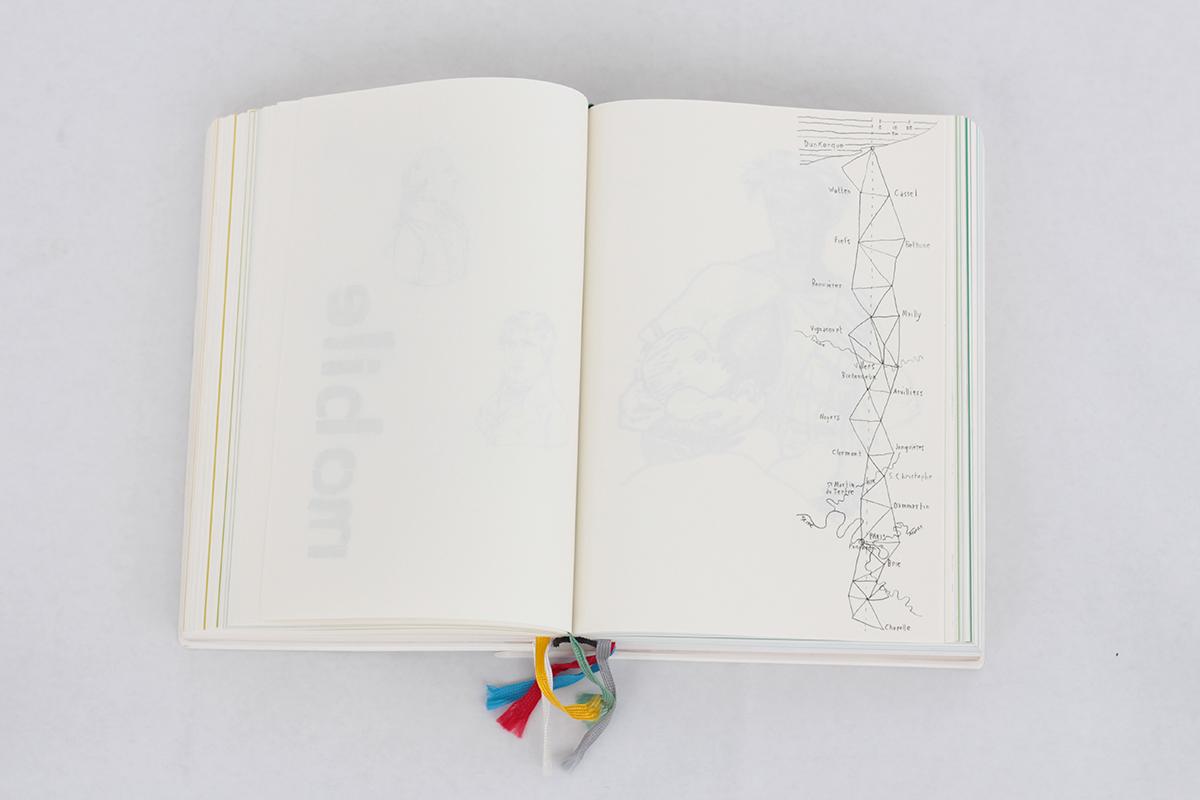
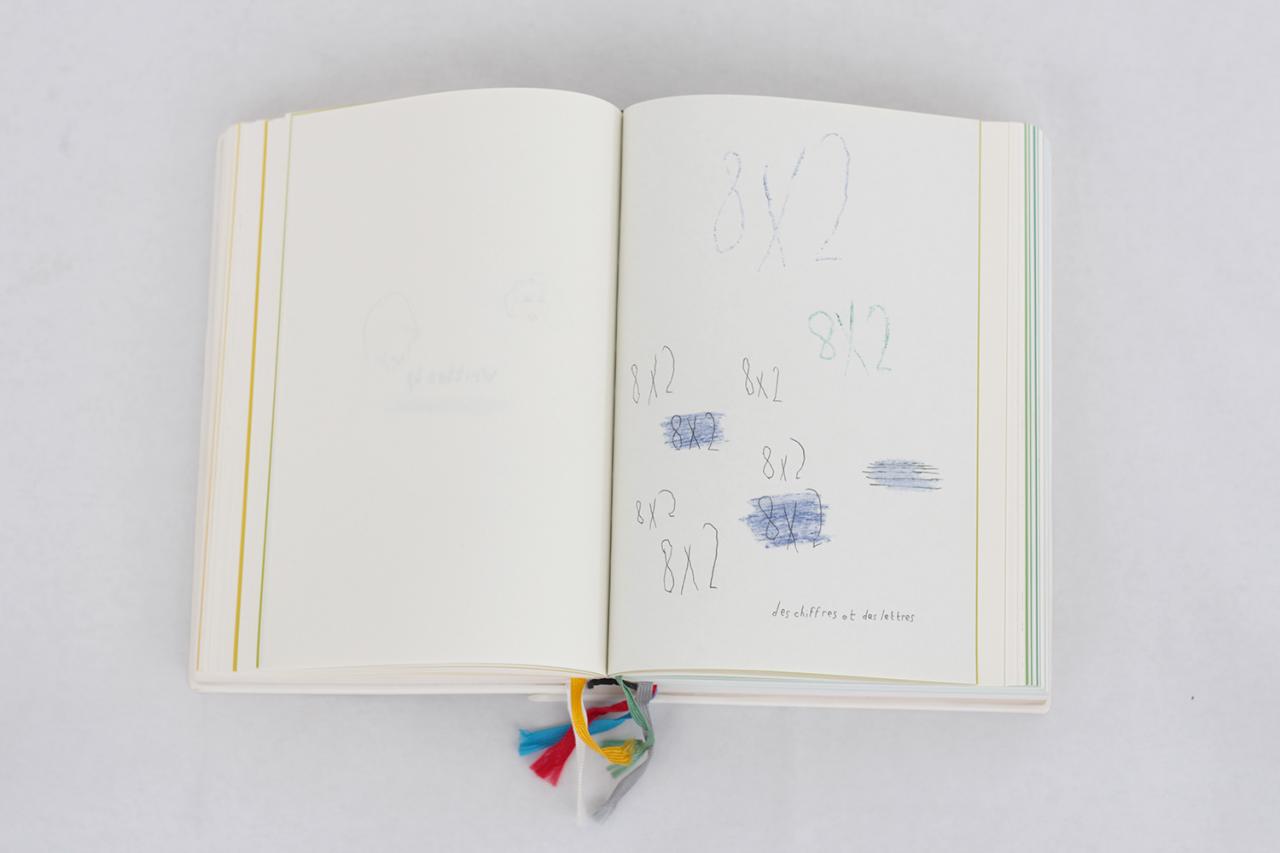
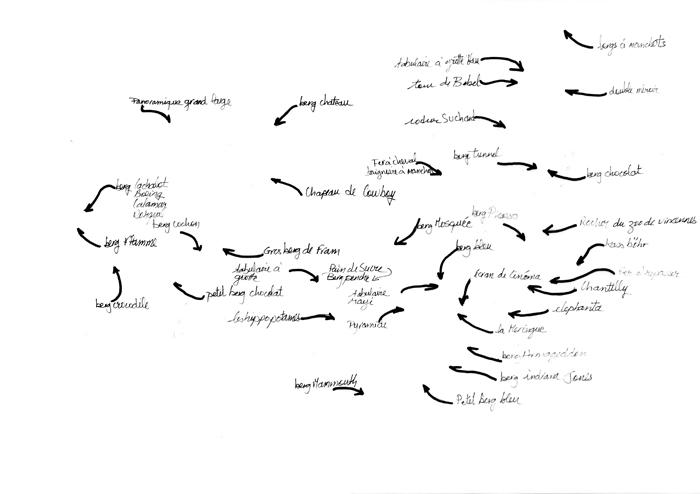
Exhibition "Une ville ne sera jamais finie...", lycée Tristan Corbière Morlaix, 2010
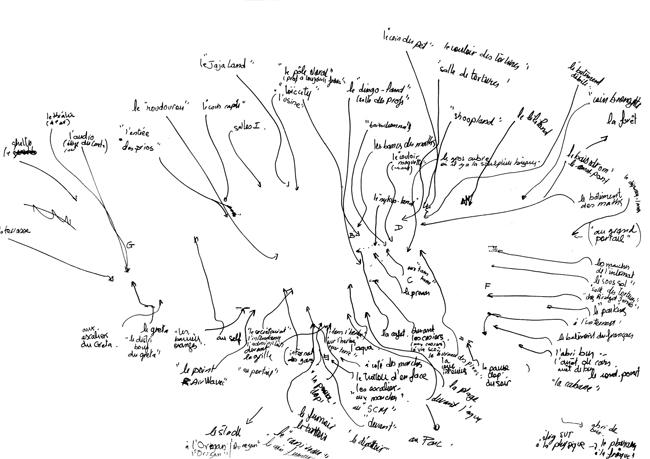

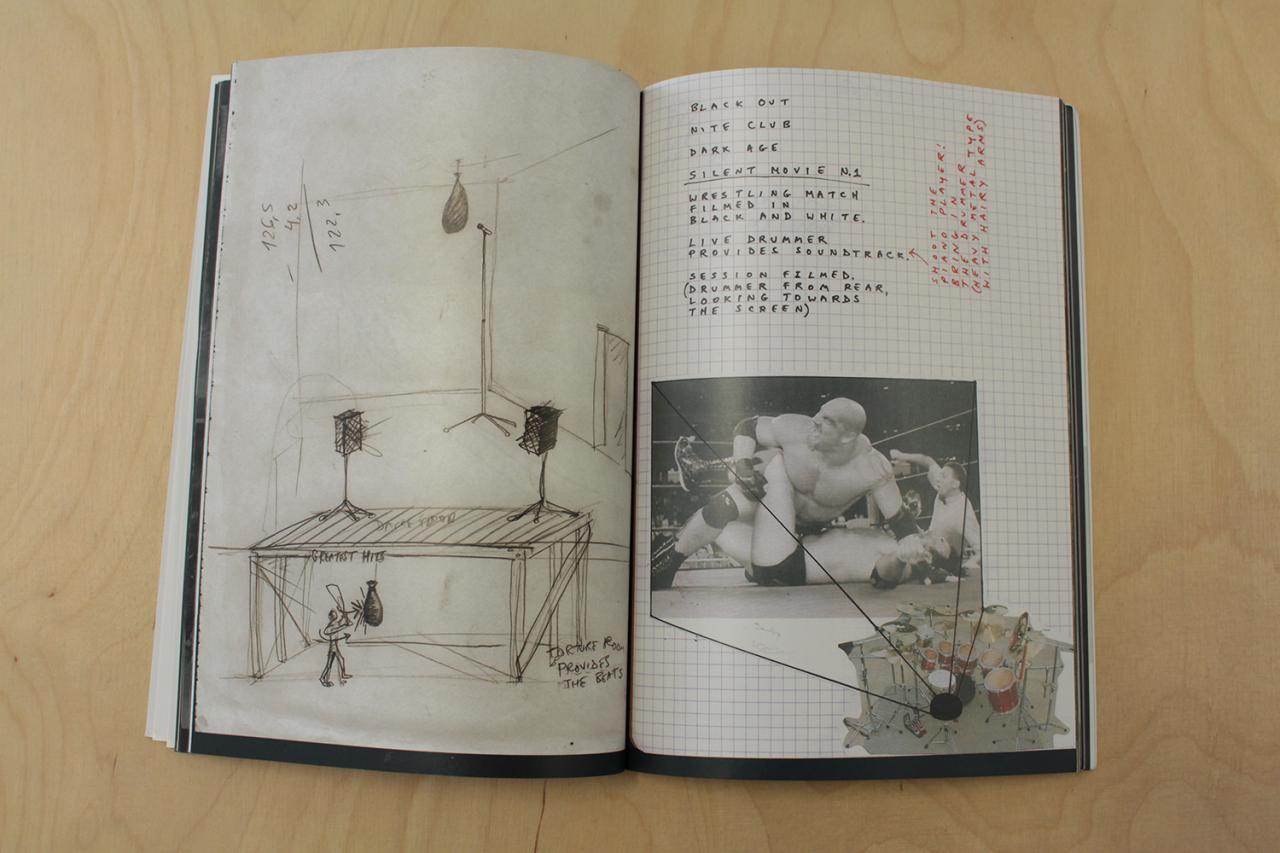
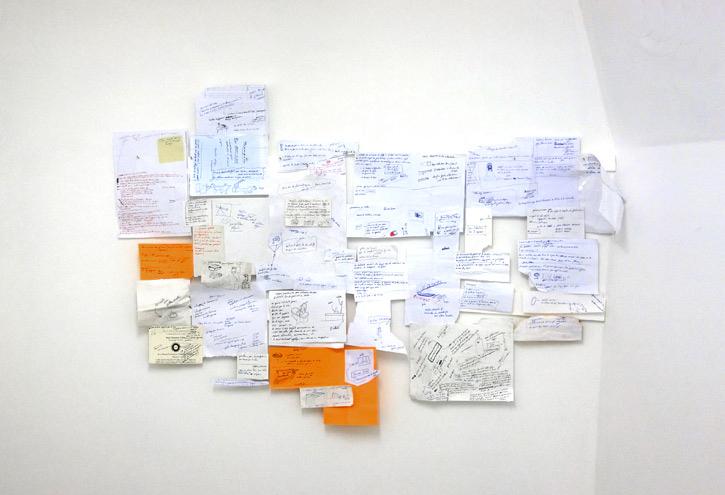
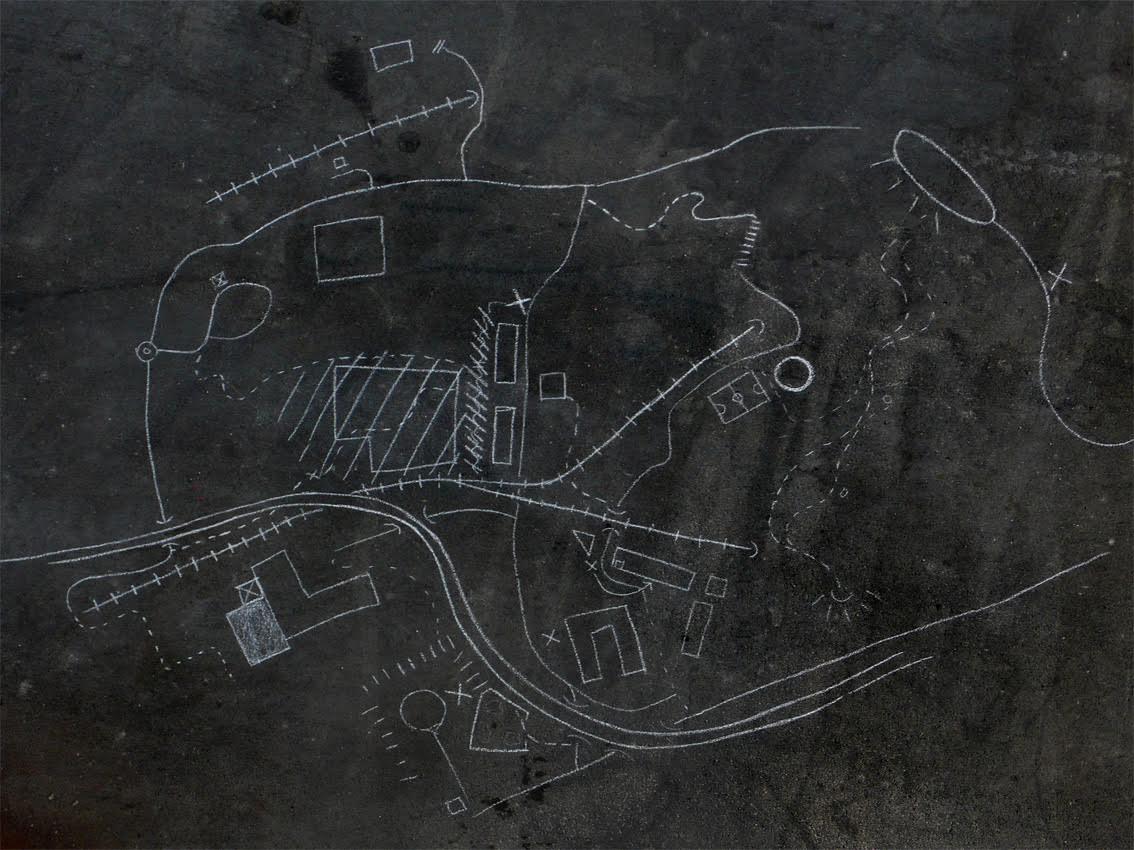
Chalk drawing
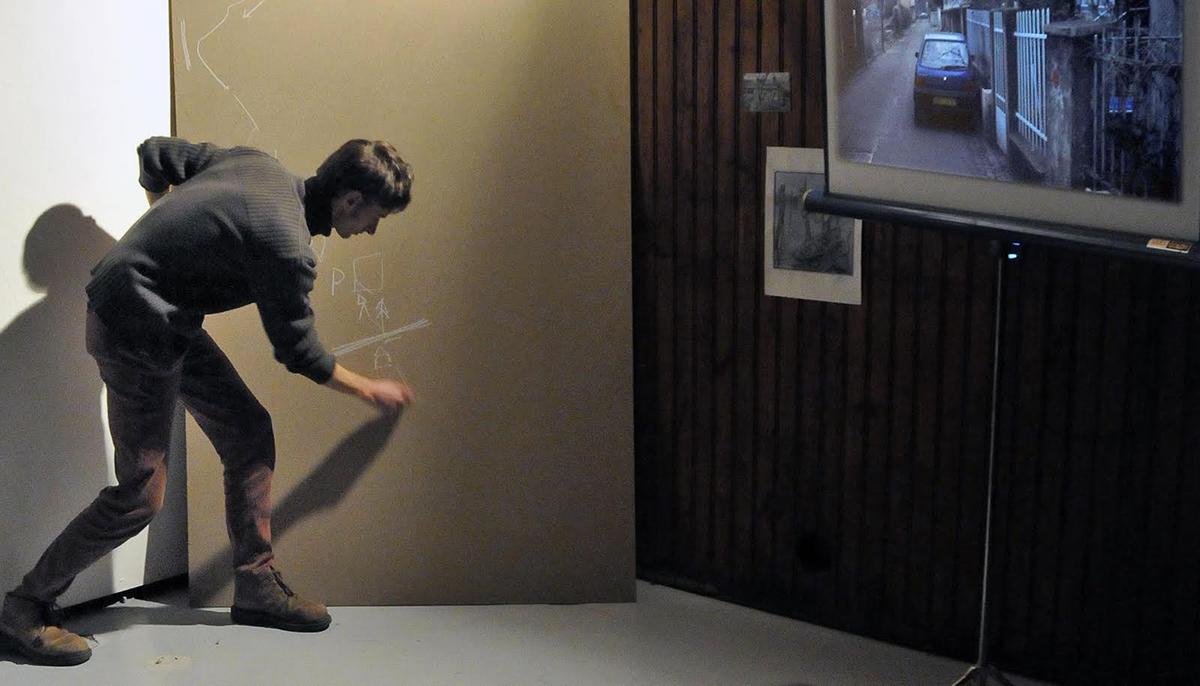
Performance view, A propos de quelques points dans l’espace, Vol de nuits, Marseille 2010
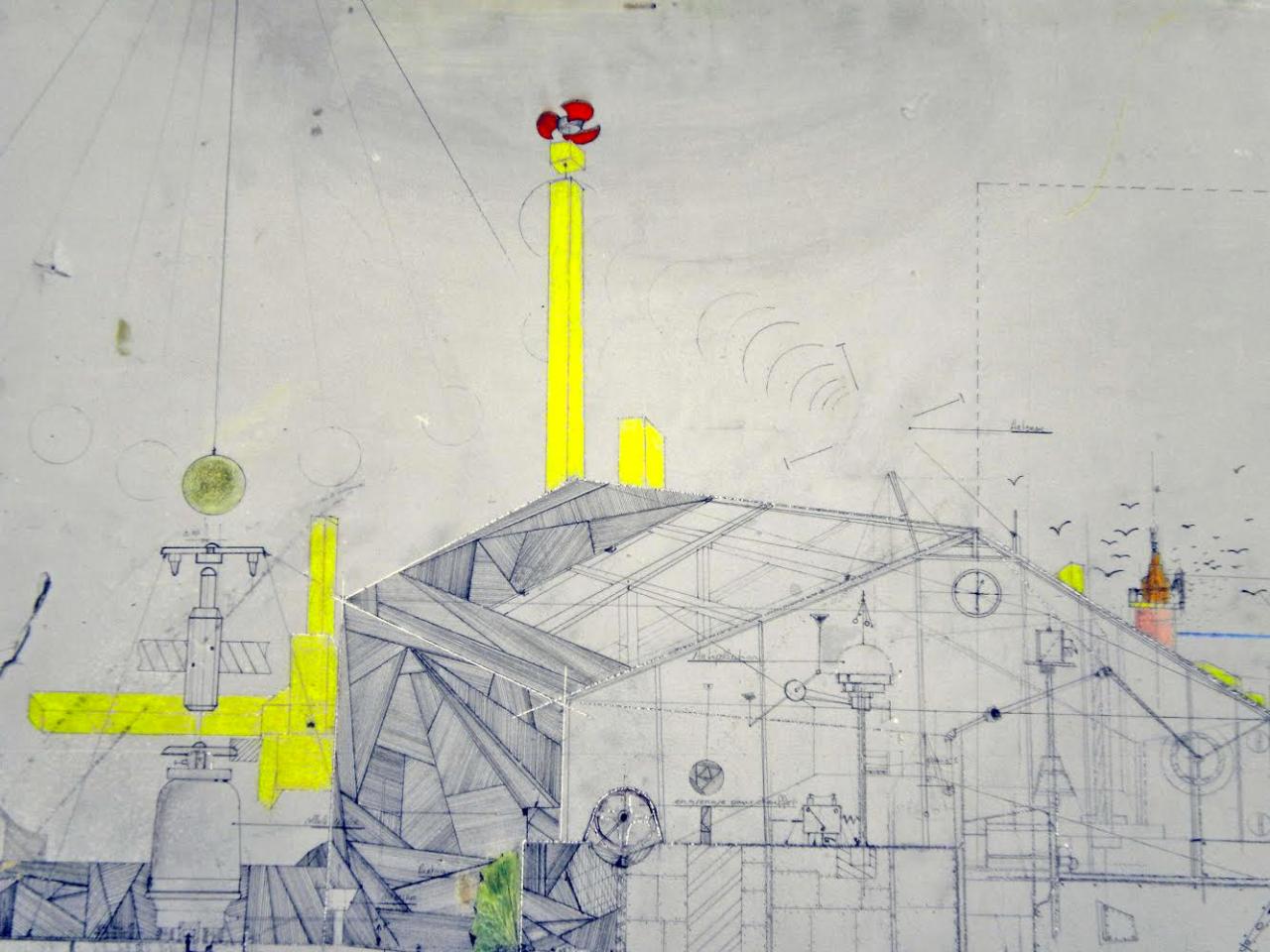
100 X 60 cm
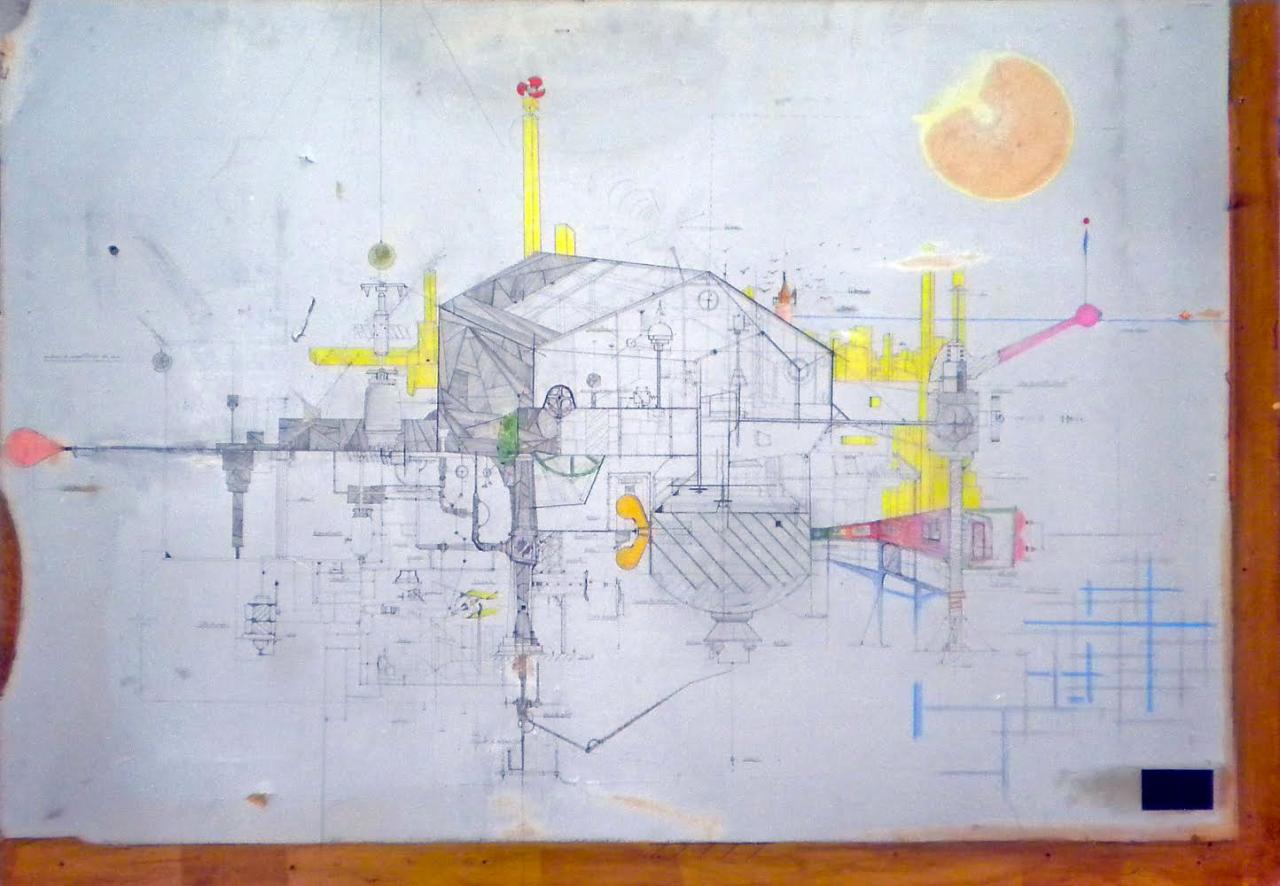
100 X 60 cm
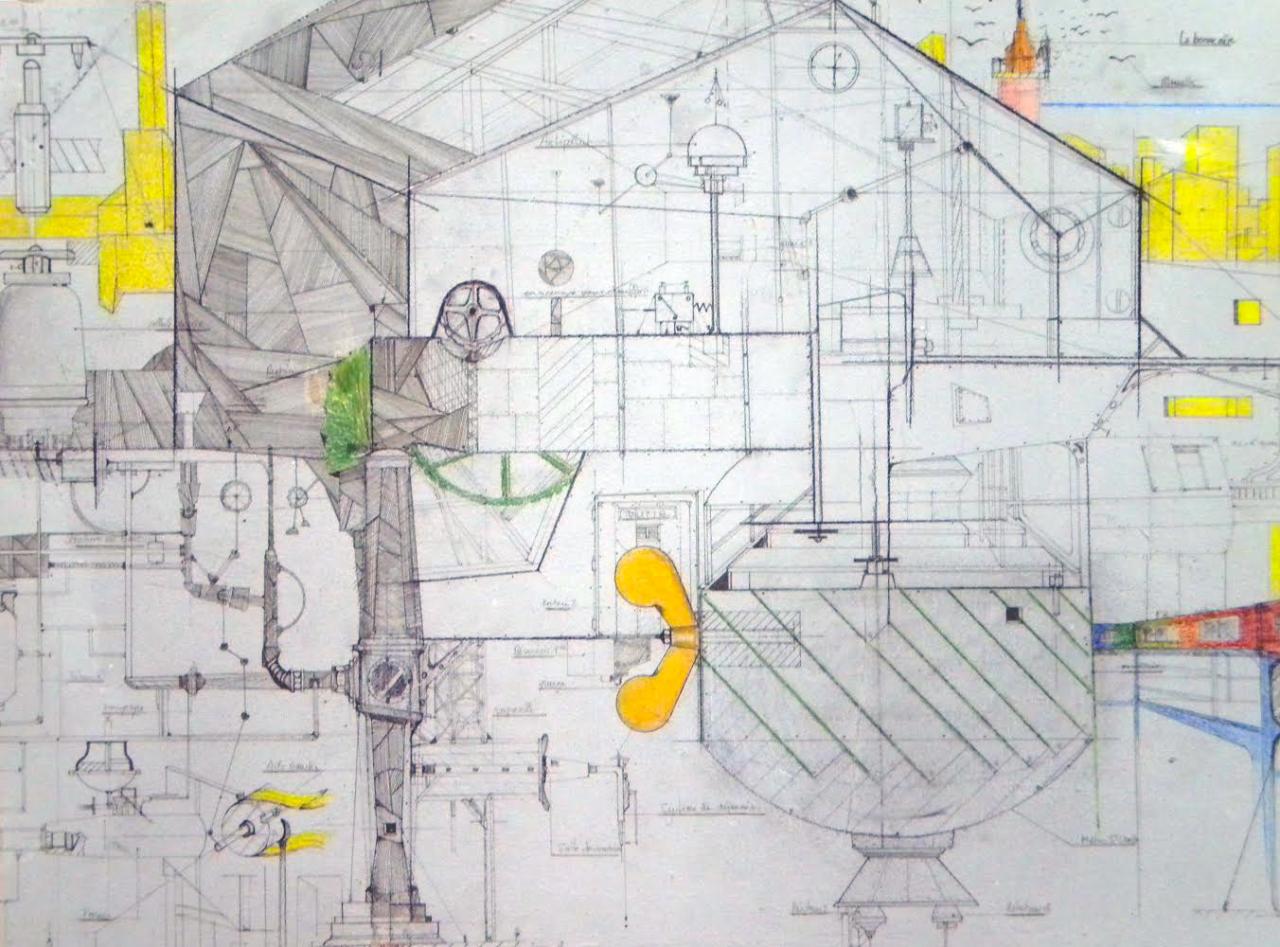
100 X 60 cm
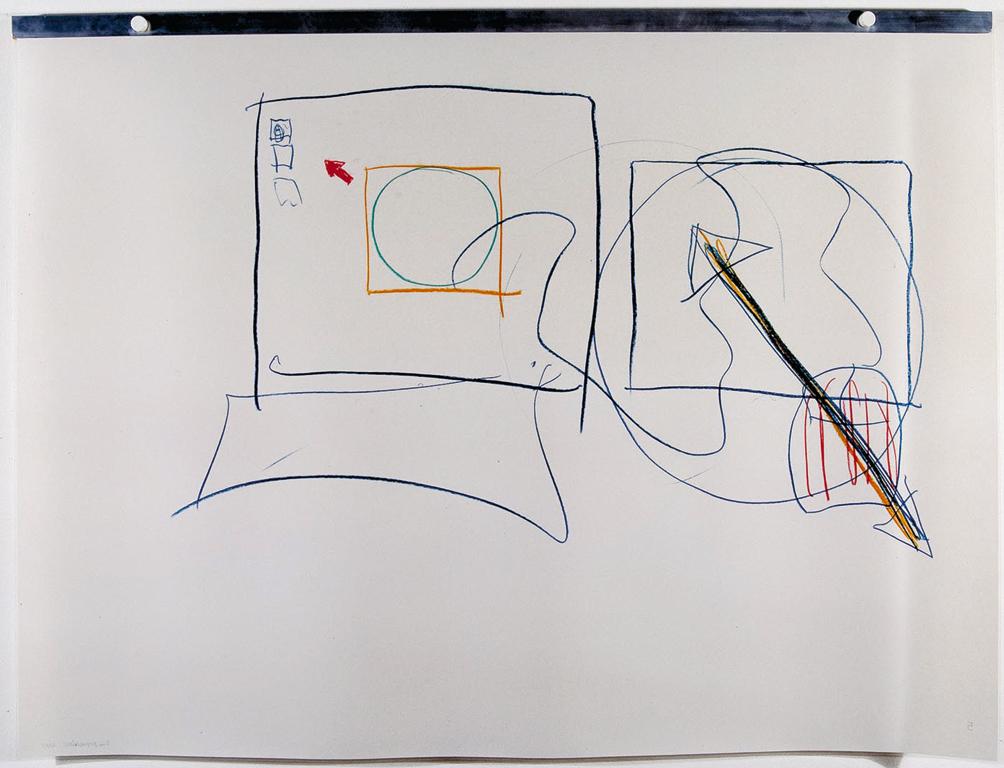
Collection Frac Bourgogne, Photo : François Lagarde
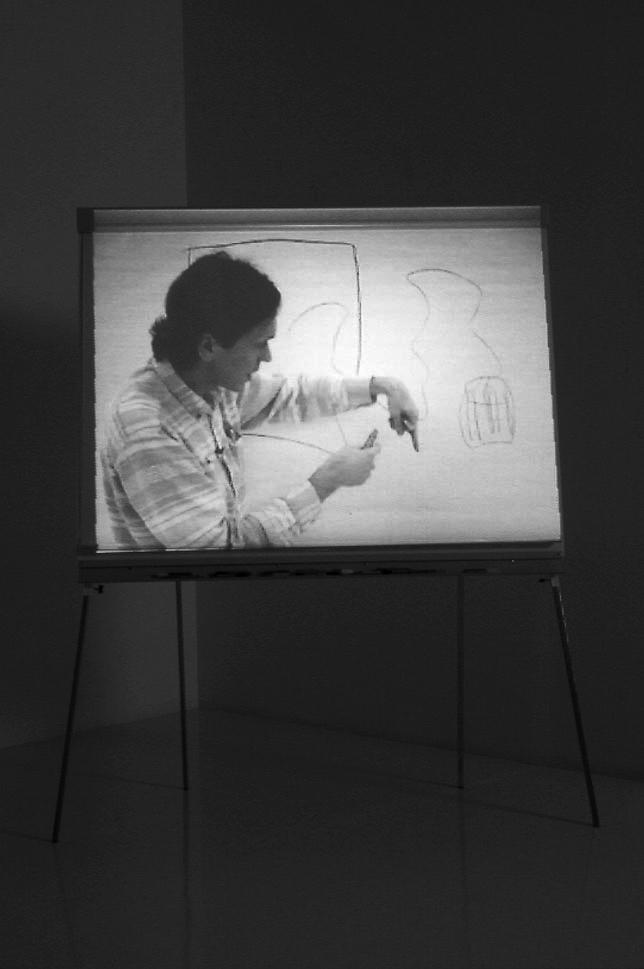
Video nstallation
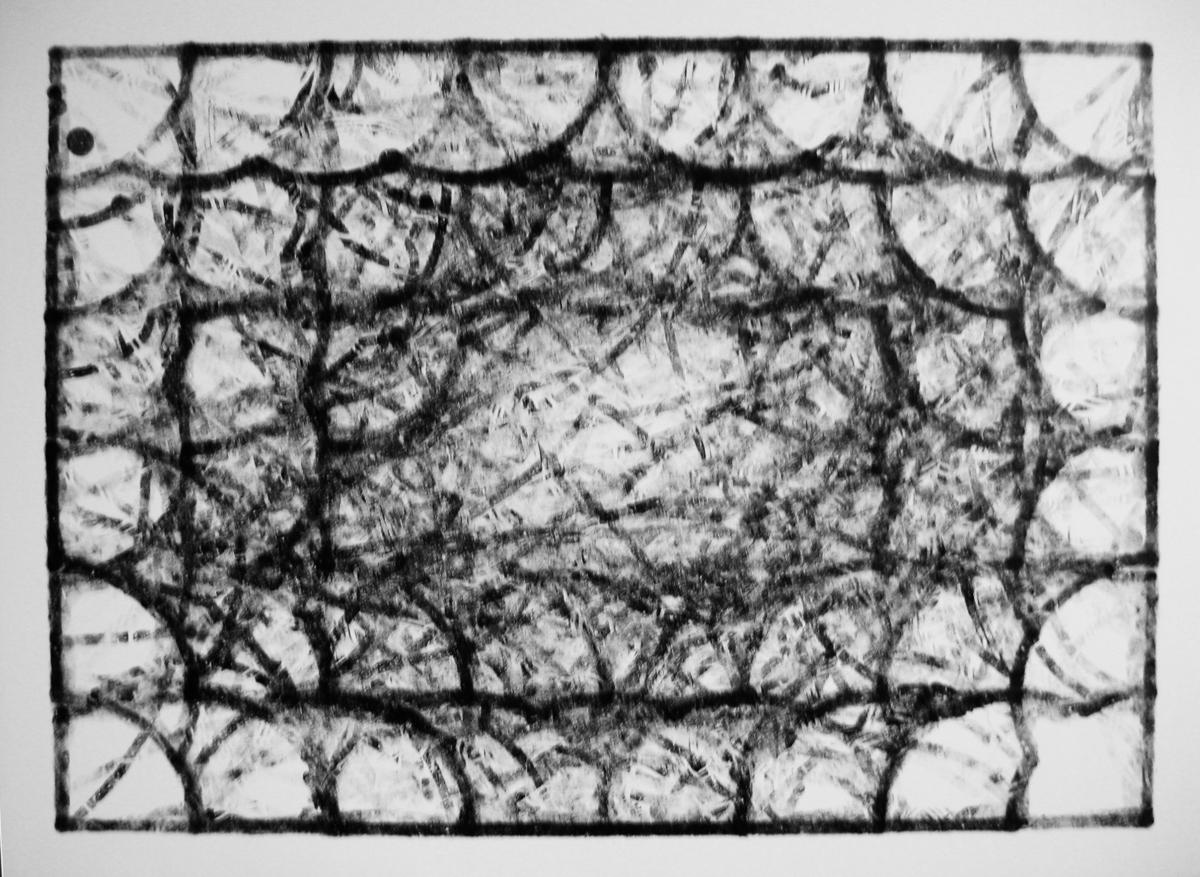
Pétanques balls
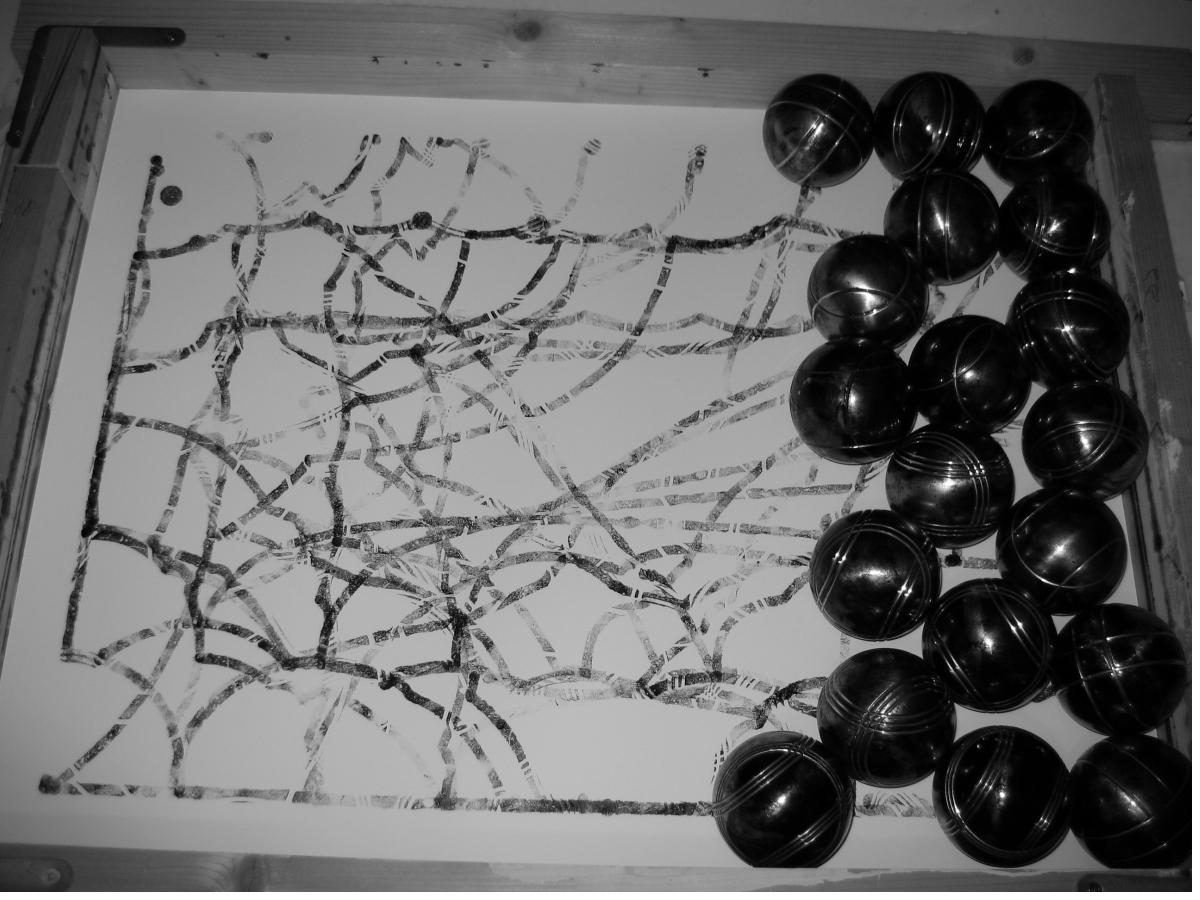
Pétanques balls - view
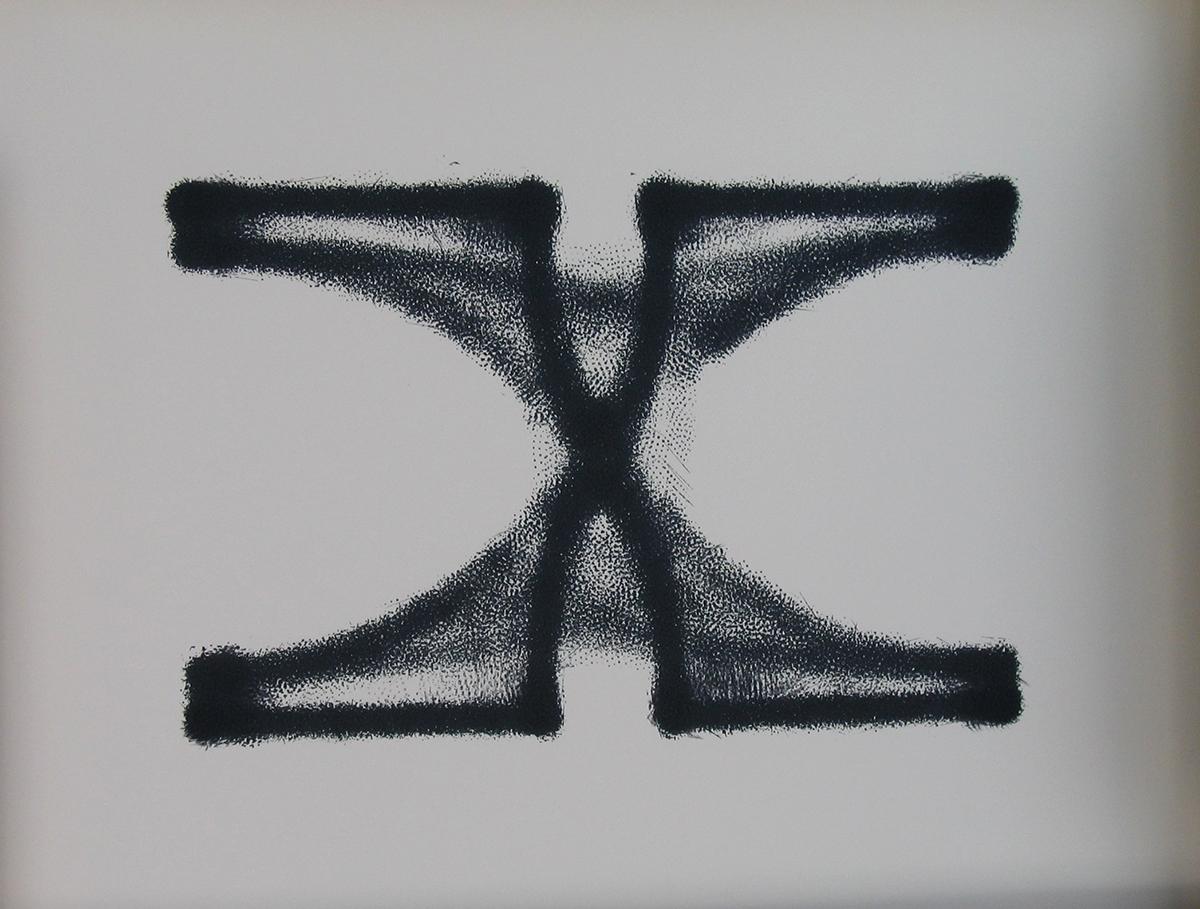
Basket ball